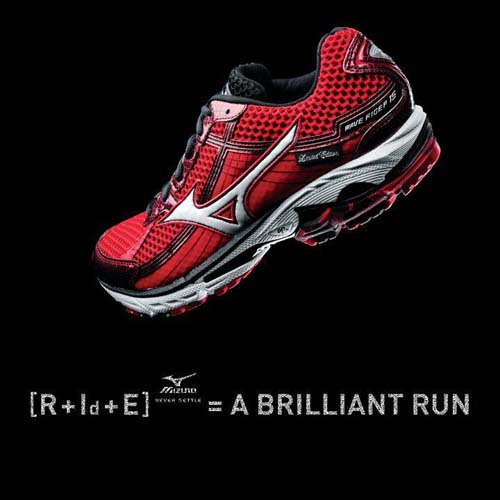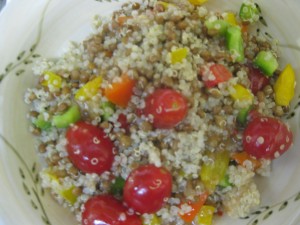Why a tri? Advice for newbies from a newbie
The following is a guest post by Anthony Rose.
In 2010 I lost over 50 lbs. and then took up running. At first it was a challenge to make it 100 feet, everything would hurt and I would quit. I didn’t give up, I kept going just like my weight loss. I did 2 5K’s that year and fell in love with running. 2011 Rolled around and my relationship with my girlfriend ended. This was a blessing in disguise, I ran more, and pushed myself more. I eventually ran a 10K, and a half on the same weekend. After the half I had a crazy thought about Ironman. What a challenge and what a way to push yourself and see who you really are. I went out and bought a triathlon bike, never having done a triathlon in my life I would not know if I would like it or not. My plan was to do Ironman Lake Placid in 2012, until they announced Ironman Mont-Tremblant. That changed everything! The day registration opened, I registered and booked my hotel. What did I just do? 140.6 miles? I have never done a triathlon in my life! And the first one I registered for was Ironman.
This year I worked on my swimming, bike, run and nutrition. I have done 3 triathlons since registering for IMMT. The first triathlon I panicked in the water, I almost quit. But I didn’t, I kept going and I am so happy that I did! I love triathlons and I miss it. I wish I didn’t live in a climate where the triathlon season ended so early. For the new people trying tri’s out, do not forget your nutrition, it is so important! Especially in longer distance races. You don’t want to bonk coming out of the water before transition.
When you do your first tri, you don’t need a $5000 bike, or a $600 wetsuit. All you need is a bathing suit, regular runners, a regular bike without clipless pedals and a helmet. Very cost effective and you probably own everything already. The overall cost can be intimidating and I suggest doing some homework on your expenses. For example if you plan on doing an Ironman, look at $6-900 for registration, add your hotel, your gear, other supplies (spare tubes, co2 cartridges, nutrition etc). With all of that it can add up pretty quick.
After the big change in my life, in 2011 I have done a 1K with my son, 3 5K’s, 2 10K’s, 2 half-marathon’s, 1 Marathon, 3 triathlons, 1 spartan race, a 70KM cycle race, and I still have another half-marathon and a 5K lined up with my 6 year old son this weekend. Jan 2012 I will be going down to Phoenix Arizona for the Rock N Roll Marathon and then the Ottawa Race weekend Marathon with Team Diabetes in May.
I may not be the fastest in the triathlon or running world, but I am there to have fun and finish something I thought I could never do 2 years ago.
To the new people(I’m still new) just go out and register for a “Try a Tri” You will get the bug just like you do for running. It’s an amazing feeling after you are done! Weather it’s a try a tri, a sprint, Olympic, 70.3 ore even a full Ironman, you will get hooked and it will change your life forever.


 Due to the repetitive nature of any sport, cross training with strength training in Body Planes recommended to challenge the body in ways that the athlete’s main sport cannot offer. Strength training not only offers benefits of injury prevention for runners, but can also benefit running performance.
Due to the repetitive nature of any sport, cross training with strength training in Body Planes recommended to challenge the body in ways that the athlete’s main sport cannot offer. Strength training not only offers benefits of injury prevention for runners, but can also benefit running performance.

 In this version, I’ve used quinoa, lentils, grape tomatoes, sweet peppers and Italian salad dressing. I often use bocconcini balls, feta or pine nuts when I want to get real fancy.
In this version, I’ve used quinoa, lentils, grape tomatoes, sweet peppers and Italian salad dressing. I often use bocconcini balls, feta or pine nuts when I want to get real fancy.
 Our Magazine
Our Magazine Previous Release
Previous Release
